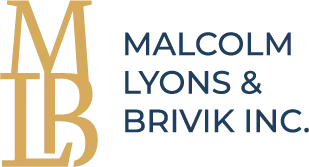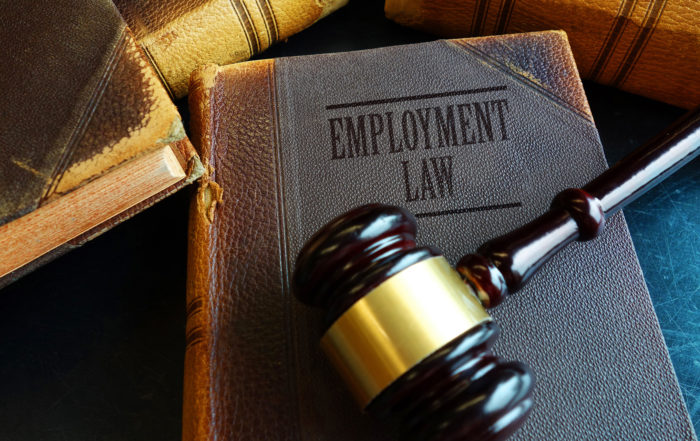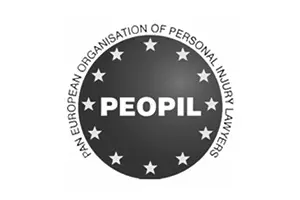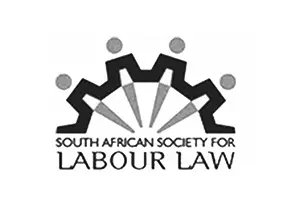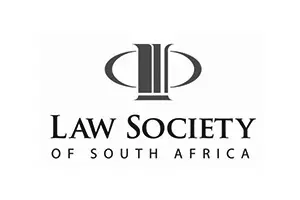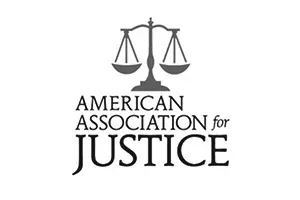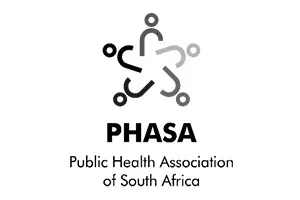
STEP 1 of the Retrenchment Process in South Africa: Consultative Process
We recently wrote a blog here outlining the retrenchment process in South Africa. In this follow up blog, we delve slightly more into STEP 1 of the process by answering some of our most frequently asked questions. Click on the STEPS below to read more.
According to Section 189 of the Labour Relations Act, the retrenchment process should only take place after addressing four steps first:
STEP 1: THE CONSULTATION PROCESS
STEP 2: JOINT CONSENSUS SEEKING PROCESS
STEP 3: THE WRITTEN NOTICE
STEP 4: WHO SHOULD BE RETRENCHED
STEP 1: Section 189(1) – THE CONSULTATION PROCESS
• Any person the employer is obliged to consult in terms of the Collective Agreement: this could be a workplace forum or a registered trade union;
• If there is no workplace forum, a registered trade union whose members are likely to be affected by the dismissal may be consulted or;
• If there is no trade union, the employees who are likely to be affected by the retrenchment and / or dismissal may elect a representative for this purpose.
DEFINING THE CONSULTATION PROCESS:
The purpose of the consultation process is intended to allow the employees affected by the retrenchment process, an opportunity to understand the reasons for the proposed retrenchments, make representations to avoid retrenchments and to limit the number of people affected if possible.
The consultation process is for the consulting parties to seek a joint problem-solving method which is agreed upon by both the employer and the consulting parties. One can infer from the aforementioned that the consultation process must start before the retrenchment process.
WHEN DOES THE CONSULTATION PROCESS START?
The process should start when the employer contemplates or considers the retrenchment process, this is when the duty to consult is triggered. Therefore, there are two approaches for the timing of the consultation process:
1. The employer is obliged to start consulting once the possible need for retrenchment is identified and before a final decision is reached or;
2. The employee is afforded an opportunity to comment or express an opinion about a decision already taken.
HOW DOES THE CONSULTATION PROCESS WORK?
Usually, during large scale retrenchments, the consultation process should last for minimum of 60 days this is to give the employer a time frame for the consultation process. Therefore, when an employer considers retrenchment in terms of section 189 of the Act, in other words retrenchment of less than 50 employees. The employer can use the 60-day time frame as a guideline to ensure that the consultation is fair and reasonable.
During consultation, the employer can enlist the assistance of a facilitator to ensure that the consultation is fair and reasonable. The consultation must be, and an attendance register should be kept at each meeting. Should a resolution be reached during this process, same must be signed by the applicable parties.
Malcolm Lyons and Brivik Attorneys are leading experts in the field of labour law in South Africa. Should you require assistance as either an employee or employer feel free to contact us through one of the channels below:
Virtual consultation:
Should you need any assistance with your employer or labour related questions click here to learn more about our virtual consulting services offered by our trained attorneys and consultants.
Telephone:
Cape Town Office:
Telephone: +27(0) 21 425-5570
E-mail: Cape.office@lyonsbriviklaw.com
Johannesburg Office:
Telephone: +27(0) 11 268 6697
Email: Jhb.office@lyonsbriviklaw.com
Contact form:
The current position on objections to the con/arb process
Con/arb process - The Commission for Conciliation, Mediation[...]
Out of time? Think again – The CCMA and its rules
By Lara Keil (Candidate Legal Practitioner) under the[...]
RAF’s lodgement requirements: Claimants further prejudiced
By Lara Keil (Candidate Legal Practitioner) under[...]
